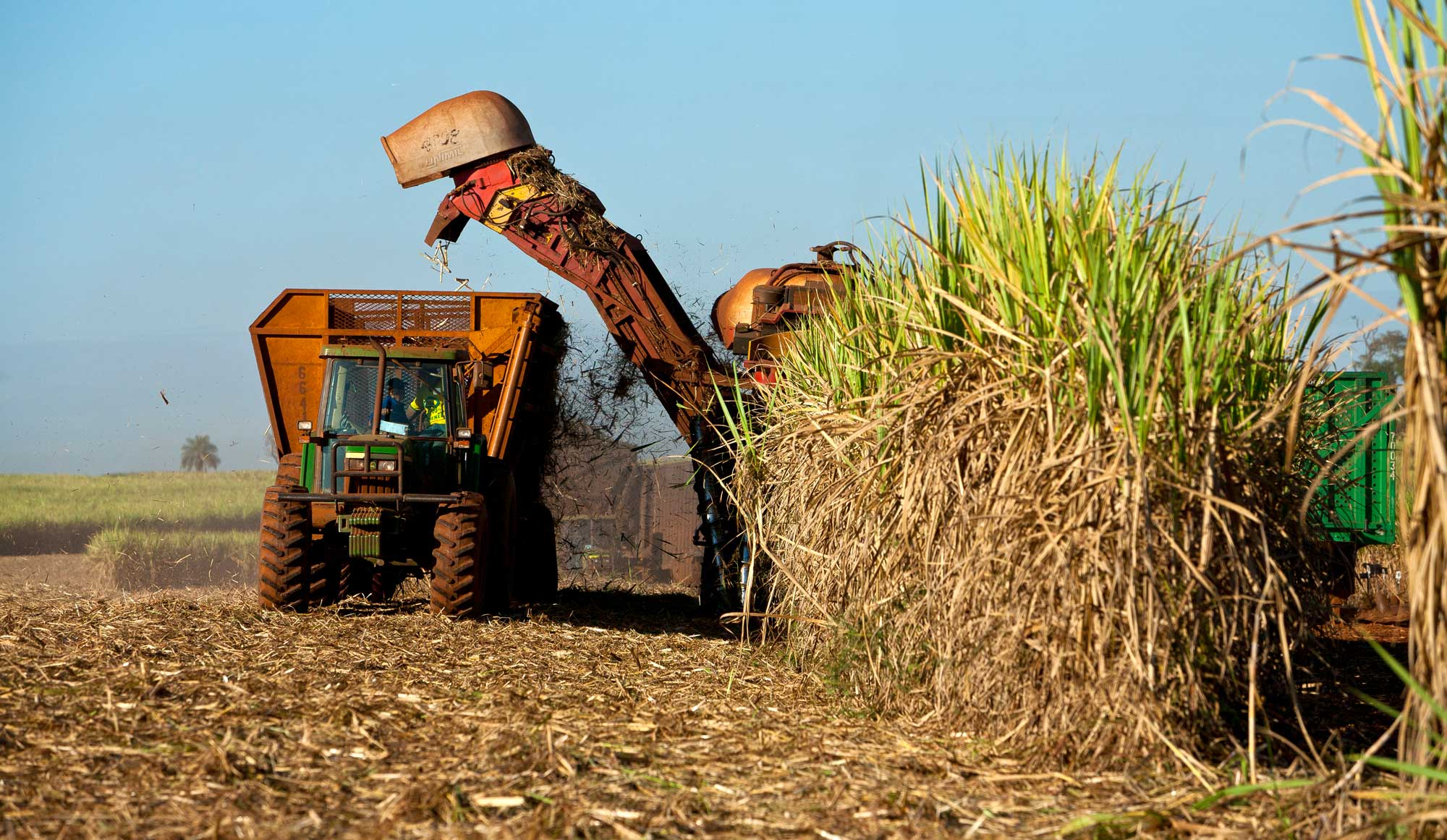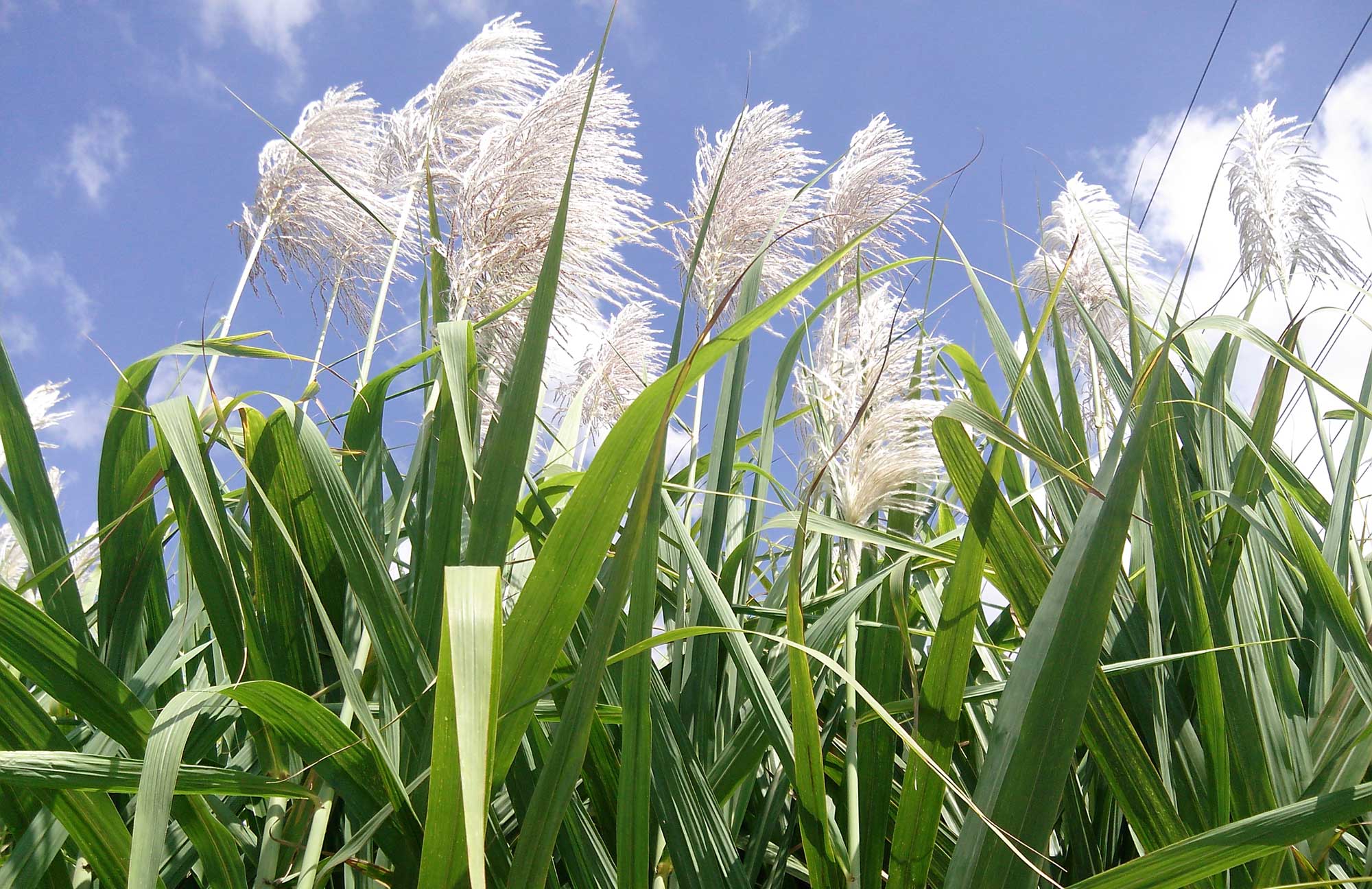What Are Sugar Canes Used For in Health Drinks and Herbal Tonics
Checking Out the Total Line of Refine Chemicals: What Are Sugar Canes Used For in Manufacturing?
Sugar canes play an essential role in different manufacturing processes, acting as a versatile resources. Their high sucrose material makes them important in the food market, while innovations in biofuels and naturally degradable plastics highlight their potential beyond typical usages. Furthermore, sugar cane essences are gaining recognition in drugs and nutraceuticals for their wellness advantages. The complex applications of sugar canes raise interesting concerns concerning their future in commercial fields. What opportunities lie in advance?

The Journey of Sugar Cane: From Area to Factory
As the sunlight rises over substantial areas, the journey of sugar walking stick starts, marked by careful cultivation and harvesting procedures. Farmers select ideal selections, making sure robust growth in appropriate environments. Routine irrigation and nutrient management are vital, promoting healthy stalks rich in sucrose. When mature, the walking cane is collected, usually using mechanical cutters that effectively collect the stalks.Once collected, the sugar walking cane is carried to processing centers where it undergoes cleaning and milling to remove juice. This juice is then clarified, removing impurities via sedimentation and filtering. The clear fluid is concentrated by dissipation, and ultimately crystallized to generate raw sugar.Throughout this trip, quality assurance is extremely important, making sure that the end product fulfills sector requirements. The makeover of sugar walking cane into raw sugar illustrates a complex interplay of agriculture and manufacturing, establishing the phase for its varied applications in numerous industries.
Biofuels: Harnessing Energy From Sugar Walking Stick
A substantial section of the globe's biofuel manufacturing is stemmed from sugar cane, which functions as a sustainable power resource. This functional crop is largely processed to draw out sucrose, which can be fermented to produce ethanol. Ethanol originated from sugar walking stick is not only a clean-burning fuel alternative but also contributes to reducing greenhouse gas exhausts compared to traditional nonrenewable fuel sources. In countries like Brazil, sugar walking cane biofuel has actually become a significant component of the power matrix, powering cars and reducing reliance on imported oil. The cultivation of sugar walking stick for biofuels also supports rural economies, providing work in farming and processing. In addition, the by-products of sugar walking cane processing, such as bagasse, are utilized in energy generation, additional boosting the sustainability of the production cycle. In general, sugar walking stick biofuels represent an encouraging opportunity for accomplishing power self-reliance while cultivating ecological stewardship.
Naturally degradable Plastics: The Lasting Service
What happens if the solution to the global plastic situation hinges on naturally degradable alternatives? Biodegradable plastics, originated from renewable energies such as sugar walking canes, present an ingenious strategy to minimizing plastic waste. Unlike typical plastics, which can take centuries to break down, these environment-friendly products damage down naturally, reducing ecological impact.The production of naturally degradable plastics includes utilizing sugars from sugar walking canes to create polylactic acid (PLA) and other biopolymers. These materials keep comparable performance to conventional plastics, making them appropriate for numerous applications, including packaging, utensils, and agricultural films.As consumers and industries change towards sustainability, biodegradable plastics use a compelling choice. They not only decrease dependence on fossil gas however likewise support a circular economic climate by returning to the earth without leaving dangerous residues. The raising need for such products indicates a considerable step toward dealing with the pressing demand for more sustainable production solutions when faced with ecological obstacles.
Sugar Walking Stick Essences in Nutraceuticals and pharmaceuticals

The Future of Sugar Walking Cane in Industrial Applications
As industries proceed to seek renewable and lasting resources, sugar walking cane is poised to play a crucial duty in various commercial applications past its standard usage in sugar production. Its biomass supplies a sustainable source for biofuels, lowering reliance on nonrenewable fuel sources and adding to reduced carbon exhausts. In addition, sugar walking cane's by-products, such as bagasse and molasses, are being checked out for their capacity in bioplastics and biodegradable materials, dealing with the growing need for eco-friendly product packaging solutions.Research is additionally underway to enhance the effectiveness of sugar cane derivatives in various sectors, including fabrics, cosmetics, and construction. By using the one-of-a-kind residential or commercial properties of sugar cane, producers can develop ingenious items that align with customer preferences for sustainability. As technology advancements, the flexibility of sugar walking stick will likely broaden, solidifying its position as a principal in the change towards a more lasting commercial landscape.

Regularly Asked Questions
What Is the Refine of Refining Sugar Cane Into Sugar?
The process of refining sugar walking cane right into sugar involves harvesting, crushing to remove juice, clarifying the juice, evaporating water, crystallizing sugar, and lastly drying out and packaging the refined product for distribution and usage. (What Are Sugar Canes this page Used For)
Exactly How Does Sugar Walking Cane Influence Local Economies?
Sugar walking cane significantly influences regional economies by developing work, boosting farming manufacturing, and creating income through exports. Its growing supports tiny farmers and neighborhood businesses, promoting neighborhood development and boosting total financial security in sugar-producing areas.
Exist Any Ecological Issues With Sugar Walking Stick Farming?
Ecological worries connected with sugar walking cane farming include deforestation, dirt deterioration, water use, and chemical runoff (What Are Sugar Canes Used For). These see this page issues effect regional ecosystems and contribute to climate adjustment, triggering telephone calls for more sustainable farming practices within the market
What Are the Nutritional Advantages of Sugar Cane?
The dietary benefits of sugar cane include its rich web content of minerals, antioxidants, and vitamins. It provides natural energy, sustains hydration, and may assist digestion, contributing favorably to overall health and wellness when eaten in small amounts.
Exactly How Does Sugar Walking Cane Contrast to Other Plants in Sustainability?
Sugar cane shows higher sustainability compared to many crops as a result of its efficient use land and water sources, capability to generate biofuels, and capacity for carbon sequestration, adding favorably to ecological health and wellness and agricultural techniques. When mature, the walking stick is gathered, often utilizing mechanical cutters that effectively collect the stalks.Once accumulated, the sugar cane is moved to processing facilities where it undergoes milling and cleaning to remove juice. Unlike traditional plastics, which can take centuries to decay, these green materials break down naturally, decreasing ecological impact.The manufacturing of eco-friendly plastics entails using sugars from sugar walking sticks to produce polylactic acid (PLA) and other biopolymers. Commonly identified for their function in sugar manufacturing, sugar walking cane essences are significantly discovering applications in the pharmaceutical and nutraceutical sectors. As industries proceed to look for renewable and lasting resources, sugar walking cane is positioned to play a pivotal function in different commercial applications past its traditional usage in sugar production. Additionally, sugar walking cane's by-products, such as bagasse and molasses, are being explored for their capacity in bioplastics and naturally degradable materials, attending to the expanding need for ecologically friendly product packaging solutions.Research is likewise underway to improve the performance of sugar cane derivatives in different industries, including fabrics, cosmetics, and construction.